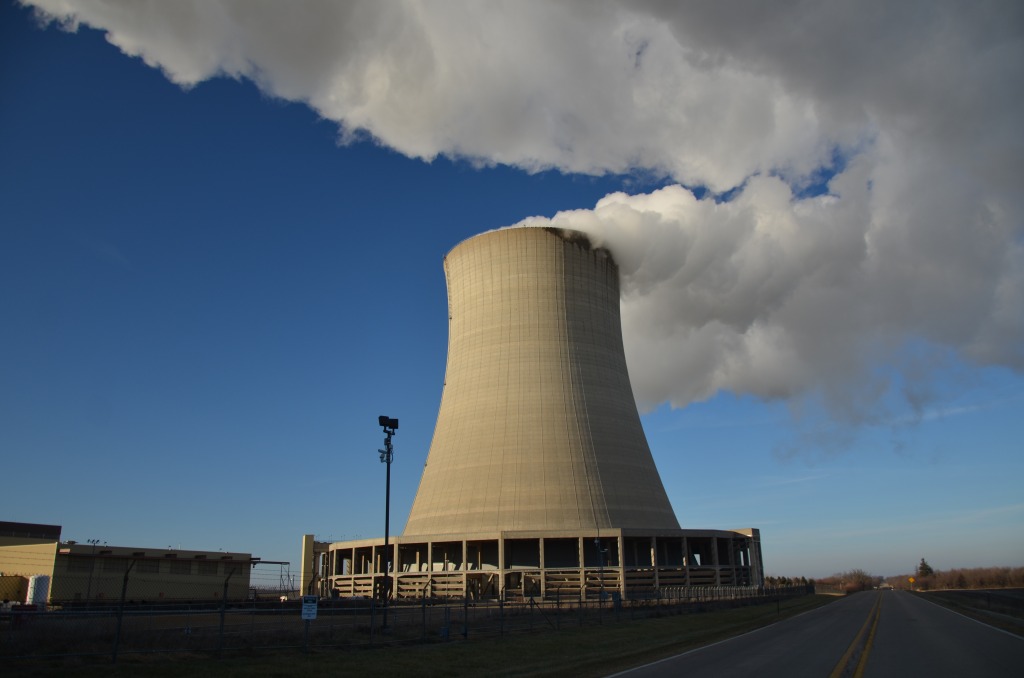While water vapour is one of the most abundant gases in our atmosphere, man-made emissions result in minuscule warming effects on the climate and may even have a slight cooling effect, scientists have found.
A recent study led by Steven Sherwood of UNSW’s Climate Change Research Centre found that emitted water was at best a thousand times less effective per kg at altering the heat budget of the Earth than carbon dioxide.
In getting to this result, Sherwood told Lab Down Under that the paper “filled in a gap” by focusing on the emissions rather than water vapour’s amplifying role: a feedback loop traditionally studied by scientists in which warmer temperatures produce more vapour which in turn raises temperatures. By studying emissions in particular, the paper will clarify future discussions on how water vapour affects climate, he said.
“I’ve had enquiries from people worried about the water vapour emissions of some new idea or technology and what climate effects they might have. Now I can just point them to the paper and say don’t worry. Nothing you can do is going to put enough water vapour in the atmosphere to really have an effect on the climate. It may have other environmental effects but water vapour isn’t one you need to worry about.”
Anthropogenic emissions of water vapour mostly come from irrigation, estimated at 32,000 cubic metres of liquid water per second. Combustion in cooling towers is the second largest source of man-made emissions at an estimated 450 cubic metres of liquid water per second. However, 99.9% of the water vapour in the atmosphere is there naturally, evaporating off the oceans and other bodies of water, Sherwood said.
In order to delve more closely into the affects of these man-made emissions, Sherwood and his team used scientific modelling to examine the Global Warming Potential (GWP) and the effective radiative forcing of water vapour emissions on the climate. GWP is a measure of how much energy the emissions of one tonne of gas will absorb over time compared to the emissions of one tonne of carbon dioxide, with CO2 sitting at a base GWP of 1 regardless of the time period.
The paper found that water vapour emissions had a GWP of −10−3 to 5 × 10−4 for a 100 year time period – ultimately showing that water vapour was 1000 to 2,000 times less effective per kg than carbon dioxide at altering Earth’s heat budget, a “negligible” warming effect on the climate.
This minuscule effect was due to water vapour in the atmosphere being poorly mixed, Sherwood said. There is hundreds of times more water vapour per cubic metre in the lower troposphere close to the Earth’s surface than in the upper troposphere where most of the greenhouse effect takes place.
The results were similar to the only other paper to examine the effect of water vapour emissions on the climate1 and were not unexpected, Sherwood said.
“This result isn’t going to surprise any researchers in the climate world, although it’s putting a number on something that people knew was small. But I think it’s useful for demonstrating to the non-expert community that we’ve actually looked at this and it’s a small number and we understand why.”

Antropogenic water vapour emissions were also shown to have an effective radiative forcing of −0.1 to 0.05 Watts per square metre, meaning water vapour emissions could either have a slight heating effect or a slight cooling effect in different situations, with the cooling effect found to occur at the top of the atmosphere.
“It’s pretty straightforward because some of the water vapour that you emit goes on to make clouds near the surface and those reflect sunlight. It turns out that in this model, that was a bigger effect than the greenhouse effect of the water vapour,” Sherwood said
This means the land-cooling effect found in prior studies could be caused by convective heat transfer, caused by the water vapour itself transferring heat away from the surface, as well as overall cooling through low-level cloud cover. Further work needs to be done in this area to see if the reality matches with the modelling, the study suggests.
A few caveats to the study were that the modelling did not take into account upper atmosphere emissions of water vapour such as aircraft contrails and that the estimates simplified the much more complicated reality of how water vapour behaved in the atmosphere. However, this would not make much different to the results, the researchers wrote.
“While our estimates here are very approximate, it seems unlikely that future computations would change the basic conclusion that water vapour emissions are capable of little net warming of the global radiation budget, even at current irrigation scale which would vastly exceed the direct emissions of any greenhouse gas today.”
The paper is called The Global Warming Potential of Near-surface Emitted Water Vapour and was published in Environmental Research Letters in September 2018.
Author’s note: If you enjoyed this article, you can follow Lab Down Under on Facebook or support me on Patreon. I also have my own personal Twitter account where I’ll be sharing my latest stories and any other items of interest. Finally, you can subscribe here to get my weekly blogs in your inbox.
1 Direct Human Influence of Irrigation on Atmospheric Water Vapour and Climate by Olivier Boucher from the University of Lille in France
Featured image: Nuclear Power Plant Cooling Tower. Picture by Michael Kappel used under the CC BY-NC 2.0 licence.
